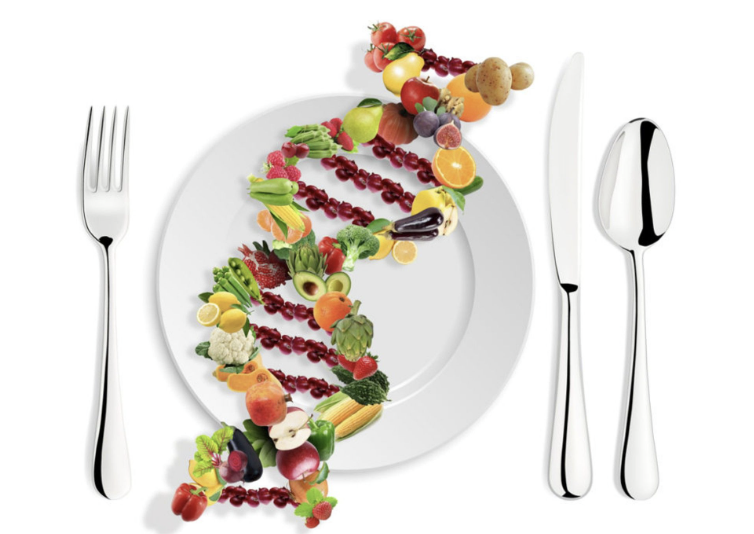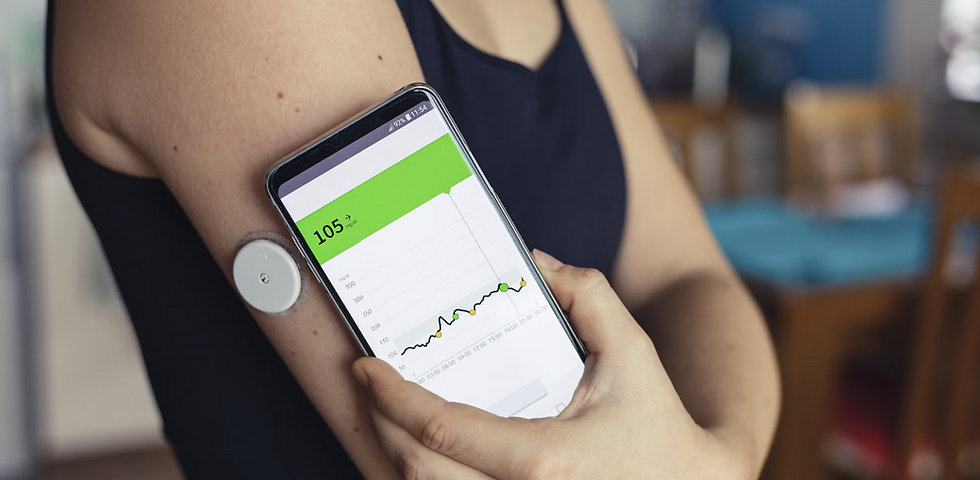Glycemic Index vs. Glycemic Load: Which One Actually Helps You Control Blood Sugar?
- Elane Bosman

- Jul 24
- 4 min read

Which Is More Useful for Real-Life Blood Sugar Management?
Managing blood sugar is a foundational goal in the treatment and prevention of insulin resistance, type 2 diabetes, polycystic ovary syndrome (PCOS), and metabolic syndrome. Among the tools available to guide dietary choices, two often cause confusion: the Glycemic Index (GI) and the Glycemic Load (GL).
Although both relate to how carbohydrates affect blood sugar, they are not the same—and understanding the difference can dramatically improve your ability to eat in a way that supports metabolic health.
This article explores the clinical value, differences, and limitations of GI and GL, and which one may offer more practical guidance in real-life dietary decisions.
Understanding the Glycemic Index (GI)
Definition: The Glycemic Index ranks carbohydrates based on how quickly and how much they raise blood glucose levels after consumption. Foods are assigned a score from 0 to 100, with glucose or white bread often used as the reference point.
GI Classifications:
Low GI: 55 or less
Medium GI: 56–69
High GI: 70 or higher
Examples:
Low GI: Lentils (32), Apples (38), Oats (55)
High GI: White bread (75), Watermelon (76), Cornflakes (81)
How It Works: GI testing is done by feeding a single food in isolation (usually 50 grams of available carbohydrate) to healthy volunteers after fasting. Blood glucose is measured over two hours.
Clinical Limitations of GI:
Portion size is ignored. GI does not account for how much of the food is typically eaten.
Food combinations aren’t considered. Adding fat, fiber, or protein to a meal can drastically reduce the glycemic response, even for high-GI foods.
Individual variability is overlooked. People with insulin resistance, gut issues, or hormonal imbalances may react differently to the same food.
GI is useful in understanding the speed of glucose entry into the bloodstream, but not the total impact of a typical portion.
Understanding Glycemic Load (GL)
Definition: Glycemic Load adjusts the GI by factoring in the amount of carbohydrate in a standard serving. It provides a more realistic estimate of a food’s actual impact on blood sugar.
GL Formula: GL = (GI × grams of available carbohydrate per serving) ÷ 100
GL Classifications:
Low GL: 10 or less
Medium GL: 11–19
High GL: 20 or more
Examples:
Watermelon: GI = 76 (High), but GL = 4 per 120g serving (Low)
Brown rice: GI = 68 (Medium-High), GL = 16 per 150g cooked serving (Medium)
Lentils: GI = 32, GL = 5 per serving (Low)
Clinical Advantage of GL: Glycemic Load reflects both the quality and quantity of the carbohydrate, making it a better predictor of postprandial (after-meal) blood glucose.
GL provides a more accurate, real-life measure of how a normal portion of food will affect blood sugar levels.
Which Is More Useful?
1. For Practical Meal Planning
Glycemic Load is more clinically relevant. It helps you understand how to combine foods and portion meals to reduce blood sugar spikes. It reflects what happens when people eat real meals—not isolated foods in a lab setting.
2. For Reducing Insulin Resistance and Postprandial Spikes
A study published in The American Journal of Clinical Nutrition (2004) concluded that low-GL diets improve insulin sensitivity, reduce inflammatory markers, and may support weight loss and blood sugar stability in people with metabolic syndrome and diabetes.
Reference: Salmeron J et al., Am J Clin Nutr, 2004.
3. For Preventing Type 2 Diabetes
Epidemiological studies show that diets high in glycemic load—not just glycemic index—are associated with increased risk of developing type 2 diabetes and cardiovascular disease.
Reference: Liu S et al., Arch Intern Med, 2000.
Integrative and Functional Medicine Perspective
Functional medicine looks beyond isolated food metrics. While both GI and GL are helpful tools, real-life blood sugar control is influenced by:
Meal composition: Fiber, fat, protein, and timing.
Gut microbiome balance: Which influences carbohydrate fermentation and insulin response.
Individual variation: Genetic SNPs (e.g. TCF7L2), microbiota composition, and metabolic flexibility all affect glycemic outcomes.
Inflammation and cortisol: Both can alter how the body handles carbohydrates, regardless of GI or GL.
Best Practice: Use glycemic load as a baseline and refine food choices with personalized testing, such as:
Post-meal blood glucose checks (finger stick or CGM)
Insulin level testing
Symptom tracking (energy dips, cravings, fatigue)
Practical Tips
Don’t rely on GI alone. It doesn’t reflect portion size or food combinations.
Choose low-GL foods most of the time. This includes non-starchy vegetables, legumes, intact whole grains, and low-sugar fruits.
Always pair carbs with protein or fat. This helps lower the overall GL of the meal.
Test your own response. What works for one person may not work for another.
Summary: Glycemic Index vs. Glycemic Load
Factor | Glycemic Index (GI) | Glycemic Load (GL) |
Measures | Speed of glucose rise | Total blood sugar impact |
Accounts for portion size | No | Yes |
Based on isolated foods | Yes | No (based on serving size) |
Useful for real-life eating | Limited | High |
Clinical value | Moderate | Strong |
Final Thoughts
Both glycemic index and glycemic load offer useful frameworks, but glycemic load is more practical for real-world blood sugar management. It considers both the quality and the quantity of the carbohydrate, making it more reflective of how food impacts the body—especially in individuals with insulin resistance or diabetes.
For most patients, the goal isn’t just to avoid high-GI foods, but to eat in a way that stabilizes energy, reduces inflammation, and supports long-term metabolic flexibility. Glycemic load, combined with personalized nutrition and functional testing, offers a more complete picture.




Comments